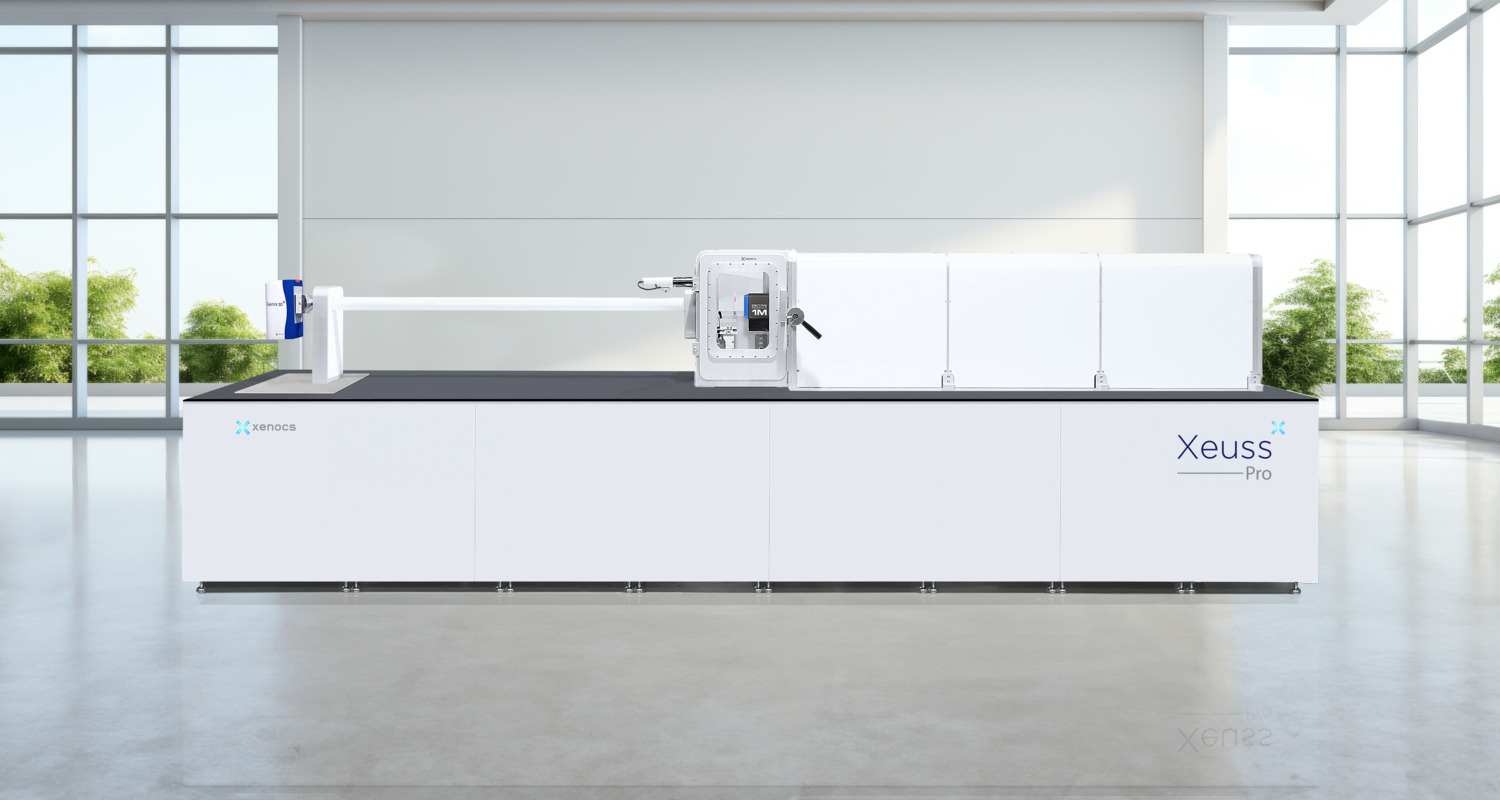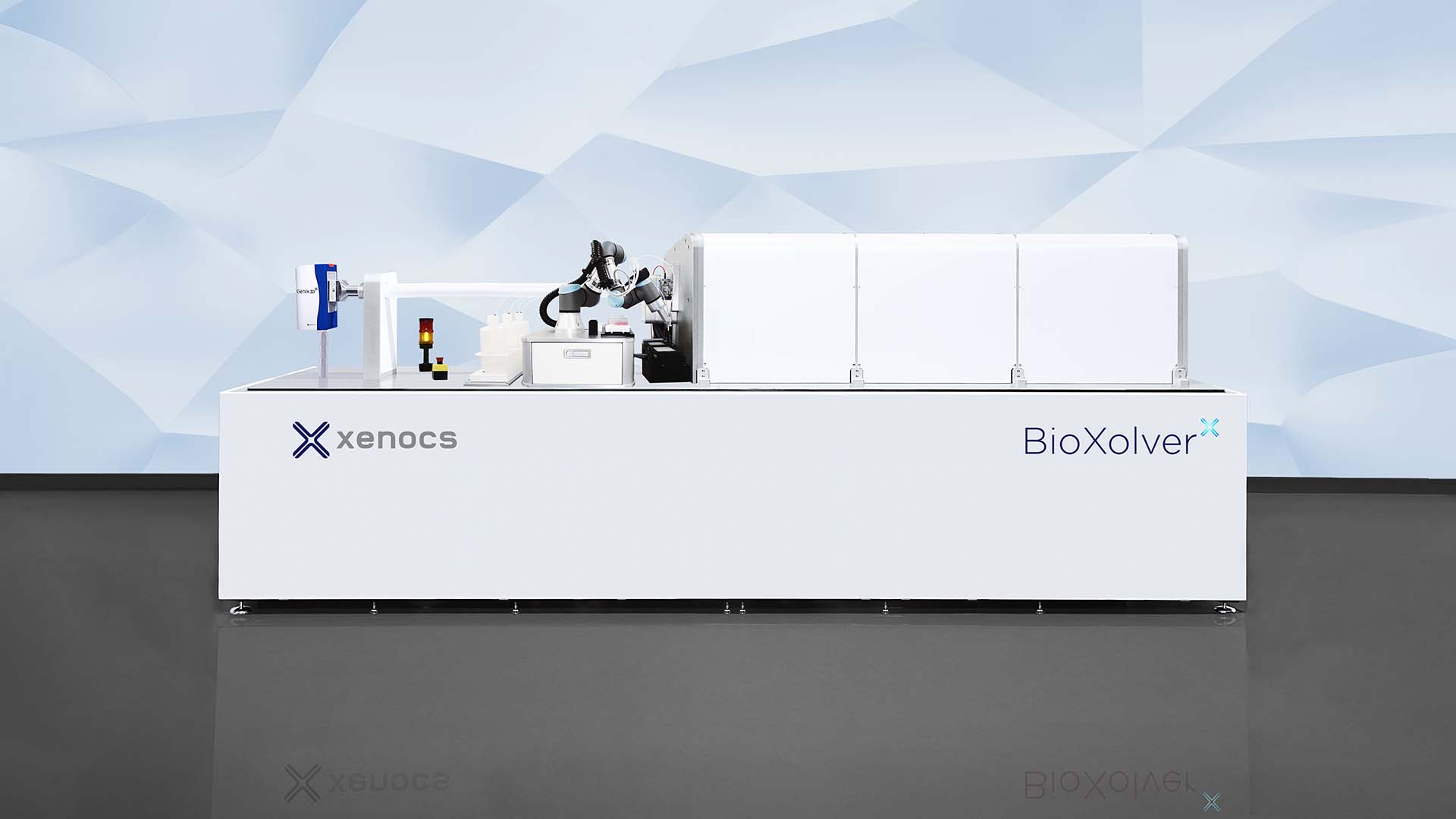Molecular weight
Molecular weight,
what is measured?
The measured quantity is the molecular weight, also referred to as molar mass, of macromolecules or proteins in dilute solutions. This characterization is only possible if the scattered intensities are expressed in absolute units.
Range of molecular weight accessible from SAXS measurement:
- 1 to 300 kDa
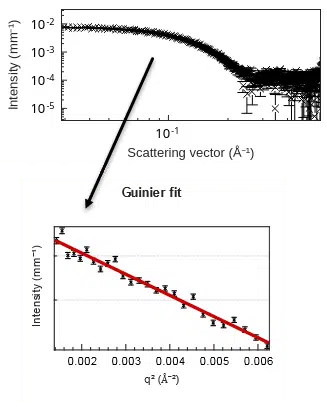
Figure 1. Scattering data acquired on lyzosyme in acqueous solution (top) and the corresponding Guinier fit of the low q data points (bottom).
In the absence of aggregation effects, a simple analysis allows one to estimate the mean size of the scatterers, supposedly similar in shape and size. In the low q range, the scattering of globular objects is well described by the Guinier law.
Samples
Typical samples for this measurement are:
-
Globular nano-objects in solution, in particular globular proteins
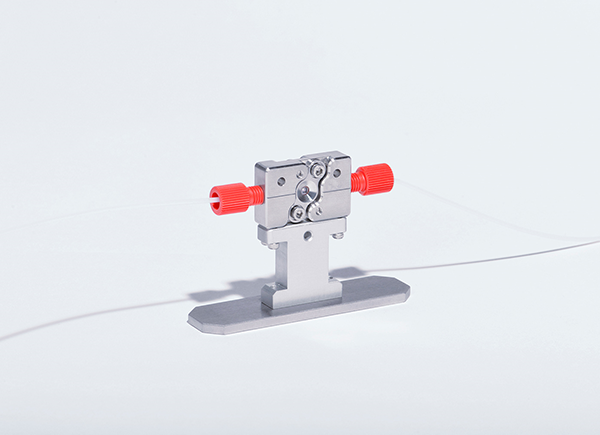
Methods & standards
Standards & methods used for molecular weight determination:
- Guinier analysis
Ref: A. Guinier, G. Fournet Small-Angle Scattering of X-rays. John Wiley, New York, 1955
XSACT analysis software implements the above method.
Examples of customer publications making use of molecular weight determination with SAXS:
- Lüdel, F. et al. “Distinguishing Between Monomeric scFv and Diabody in Solution Using Light and Small Angle X-ray Scattering”. Antibodies (Basel, Switzerland), vol 8, 4 (2019).
- Faulin, Tanize do Espirito Santo et al. “Proinflammatory Action of a New Electronegative Low-Density Lipoprotein Epitope“, Biomolecules, vol 9, 8 (2019)

Why use SAXS for molecular weight determination ?
Advantages of SAXS for molecular weight determination:
-
SAXS is a non-destructive method, allowing to study samples in their bio-chemical environment.
-
SAXS does not require a reference protein for measurements.
-
Molecular weight measurements require absolute intensity measurement of scattering. With Xenocs SAXS equipment, this is possible without the need for intensity calibration.
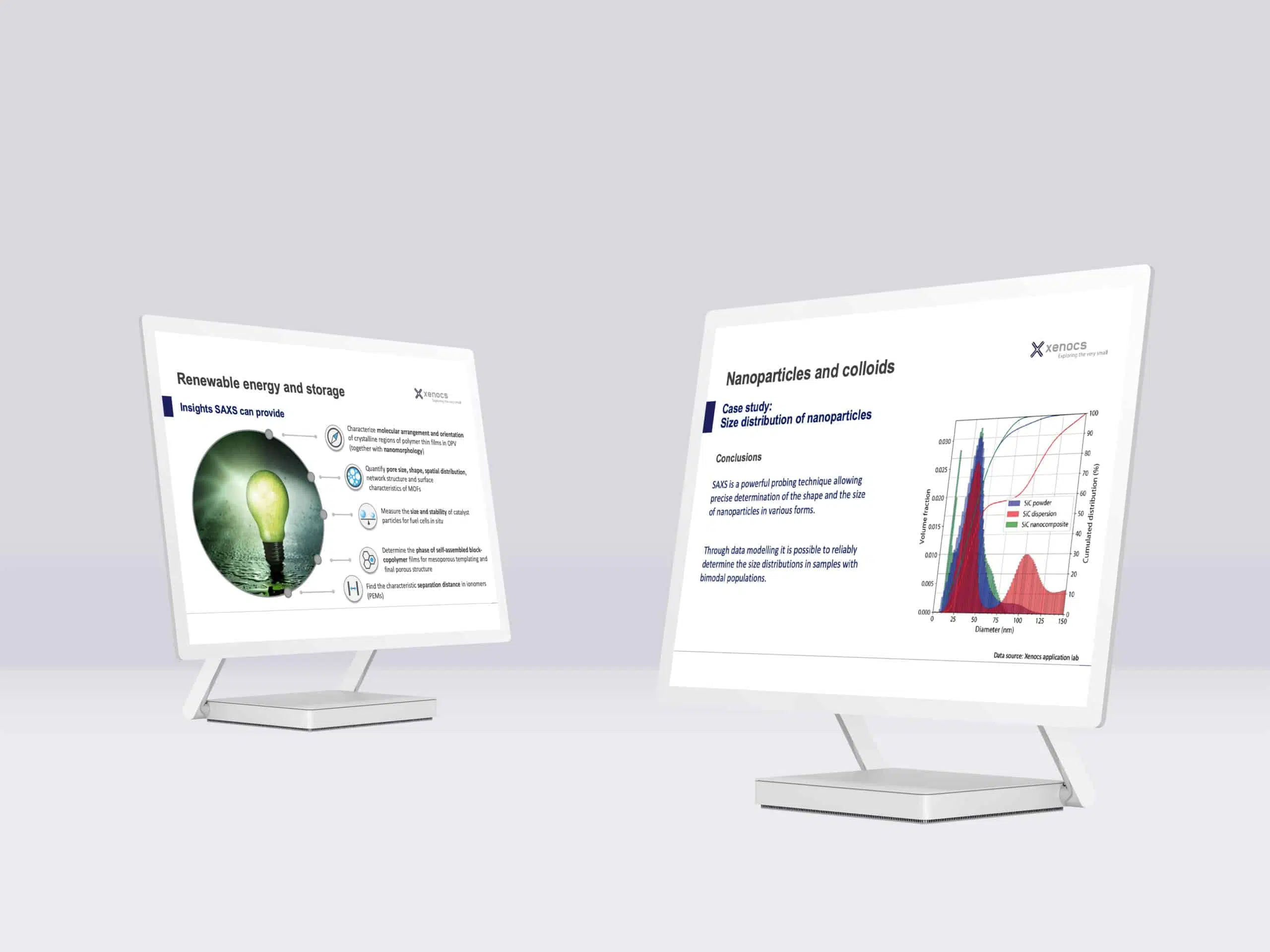
Products
All these measurements are possible directly in your lab.
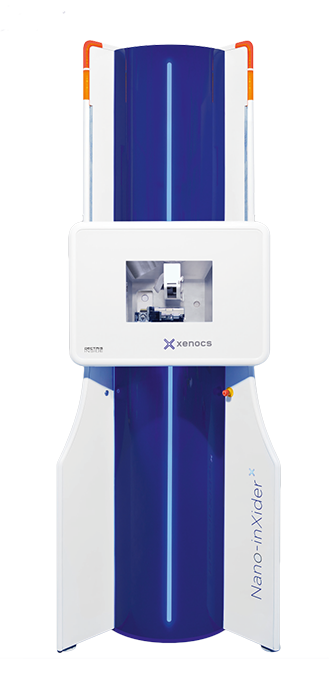
Xeuss Pro
The Ultimate Solution for Nanoscale Characterization using SAXS/WAXS/GISAXS/USAXS/Imaging
